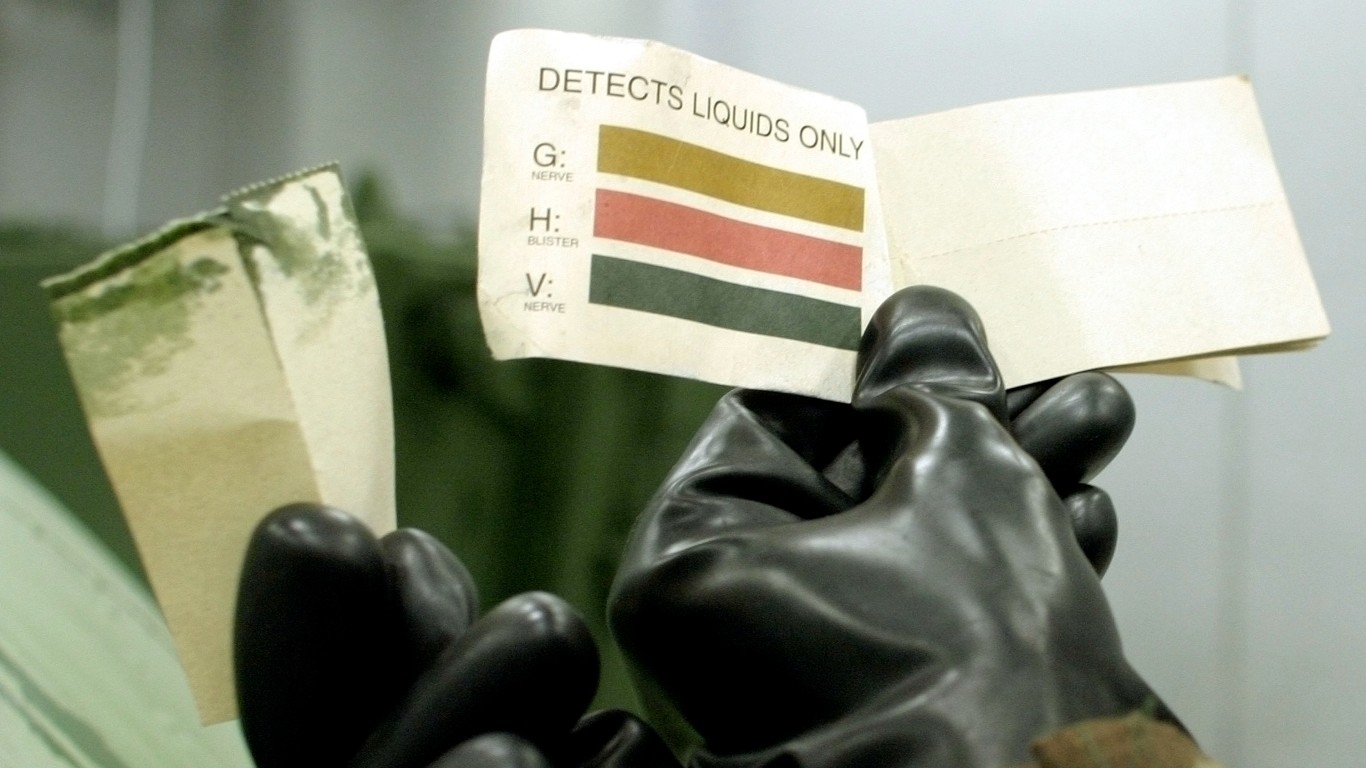
Poisoned arrows and noxious smoke were some of the earliest methods of chemical warfare used in the ancient world. World War I, however, saw the first widespread use of industrial chemical gasses designed specifically to incapacitate and kill enemy troops, beginning when the Germans fired over 150 tons of chlorine gas at French and Algerian troops in Yves, Belgium, on April 22, 1915. This led the Allies to begin formulating their own chemical weapons – as well as gas masks and other protective gear.
Varieties of chemical agents developed by the Germans, French, Americans, and British during and after the war included multiple types of tear gas, lung irritants, nerve agents, choking agents, and vesicants, also known as blistering agents (substances that irritate the skin, eyes, and mucous membranes, causing large, painful blisters). In all, over 100,000 tons of chemical weapons were used during World War I, causing an estimated 90,000 deaths.
Some of the most dangerous chemical weapons have never been deployed in war, while others have seen extensive use and killed thousands of soldiers and civilians. Others, most often nerve agents that disrupt the central nervous system, have been utilized in terrorist attacks and political assassinations. (These high profile assassinations are some of the most famous poisonings in history.)
Many chemical agents are now controlled substances and their stockpiling or use in war is prohibited by the Chemical Weapons Convention of 1993, which classifies them as weapons of mass destruction. Most countries that synthesized large amounts in the 20th century, including the United States, have since disposed of their stockpiles.
To determine the world’s most dangerous chemical weapons, 24/7 Wall St. reviewed data on their lethality and other effects from the Federation of American Scientists (FAS), the Centers for Disease Control and Prevention, and other sources.
Click here to see the world’s most dangerous chemical weapons
Chemical nerve agents, blister agents, and choking agents intended for use in military operations to kill, seriously injure, or incapacitate people identified as chemical weapons by the FAS were ranked based on their estimated median lethal dose – meaning the dose of a substance that is lethal for 50% of subjects in a test group. Lethal dose values were normalized for a 70-kilogram (154-pound) human, and are estimated for percutaneous exposure to bare skin, unless otherwise specified. Riot control agents and herbicides were excluded from consideration. (Chemical agents aside, these are 18 of the deadliest weapons of all time.)
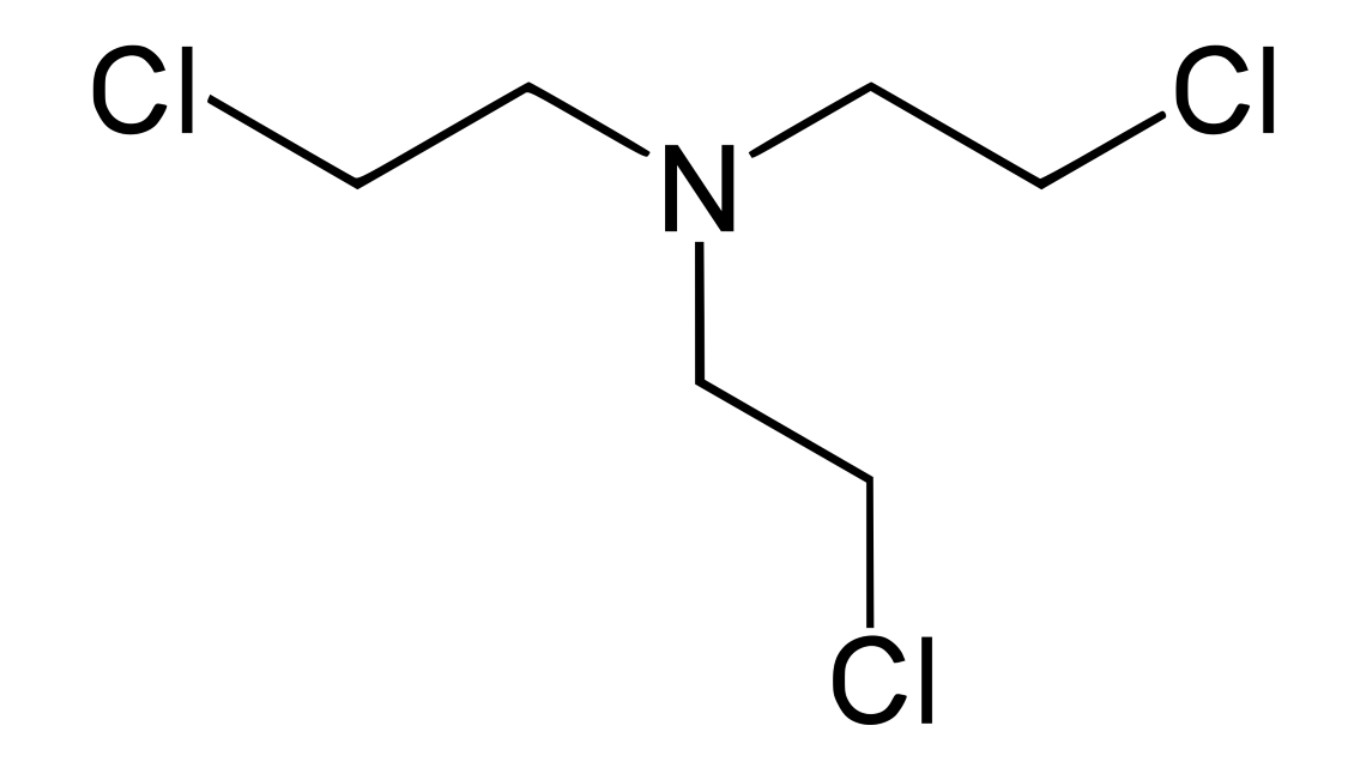
10. Nitrogen mustard (HN-3)
> Median lethal dose: 19,880 mg (skin exposure)
> Weapon type: Blister agent
> First distilled: 1930s
> Immediate and medium-term effects: Blistering, internal bleeding, eye irritation, edema, gastrointestinal burns, burning cough
The last of three nitrogen mustard agents developed, HN-3 is a colorless or pale yellow liquid or vapor that acts as a vesicant (blistering agent) and alkylating agent, which alters cells, affecting the DNA and suppressing the immune system. It can enter the body through aerosol inhalation, ingestion, or direct contact with skin or eyes. Although its cellular action is immediate, its painful effects may take days to fully develop. Nitrogen mustards have not yet been used in warfare.
[in-text-ad]
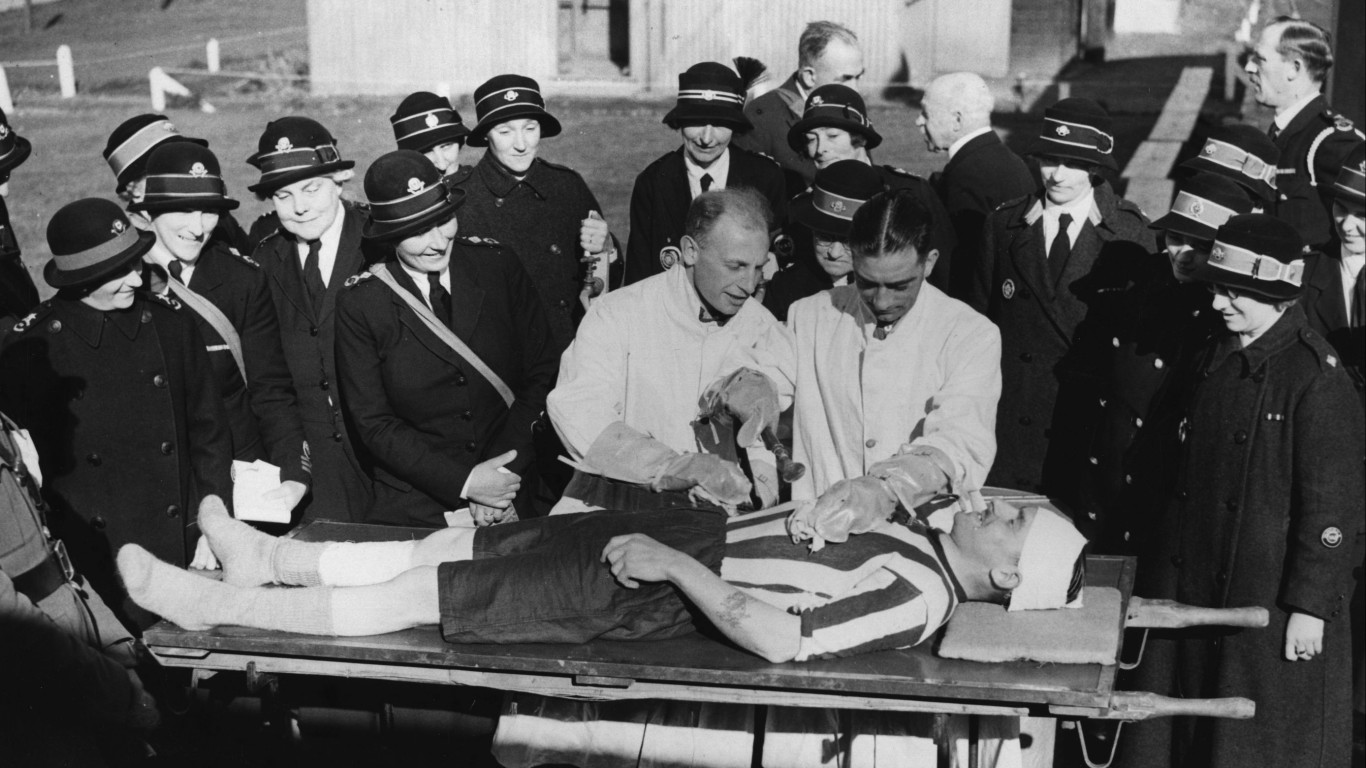
9. Sulfur mustard (Yperite) (HD)
> Median lethal dose: 7,000 mg (skin exposure)
> Weapon type: Blister agent
> First distilled: 1822
> Immediate and medium-term effects: Blistering, skin burns, blindness, vomiting, shock
Similar to HN-3 and colloquially known as mustard gas, this liquid or vapor vesicant was first utilized in battle during World War I, and has been used extensively in many armed conflicts since. It can be deployed by bombs, artillery shells, or direct spraying. About 1,800 tons of HD were deployed by Iraqi troops against the Iranian military, civilians, and Kurds during the Iraq-Iran war (1980-1988), leading to thousands of deaths.
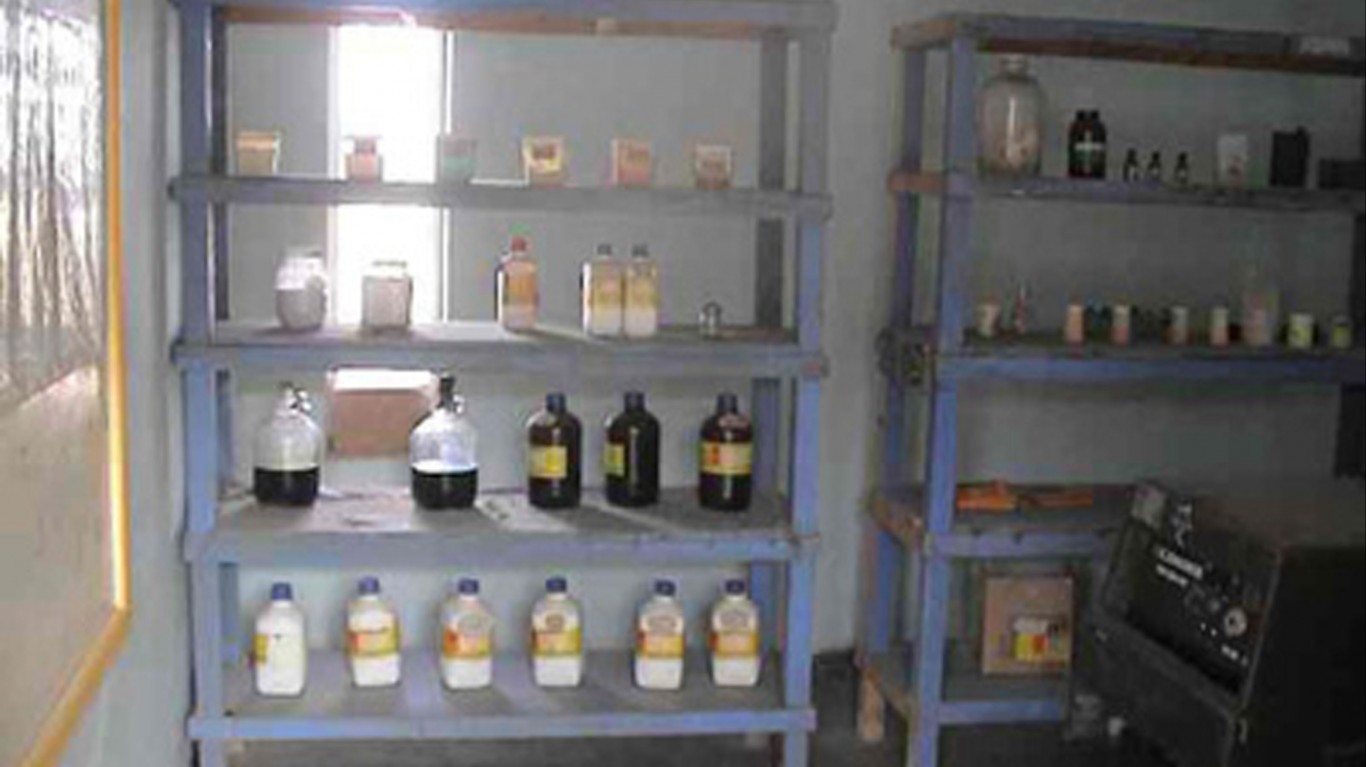
8. Tabun (GA)
> Median lethal dose: 4,000 mg (skin exposure)
> Weapon type: Nerve agent
> First distilled: 1936
> Immediate and medium-term effects: Headache, increased urination, sweating, muscle twitching, loss of consciousness, convulsions, paralysis, respiratory failure
Tabun, which can be absorbed through skin contact, ingestion, or inhalation, can cause death within minutes of exposure. It was first mass manufactured by Germany during World War II, although the factory and its contents were subsequently seized by the Soviets and shipped to Russia. Tabun was among many chemical agents that the Iraqi Army used against Kurdish civilians in the 1988 Halabja Massacre.
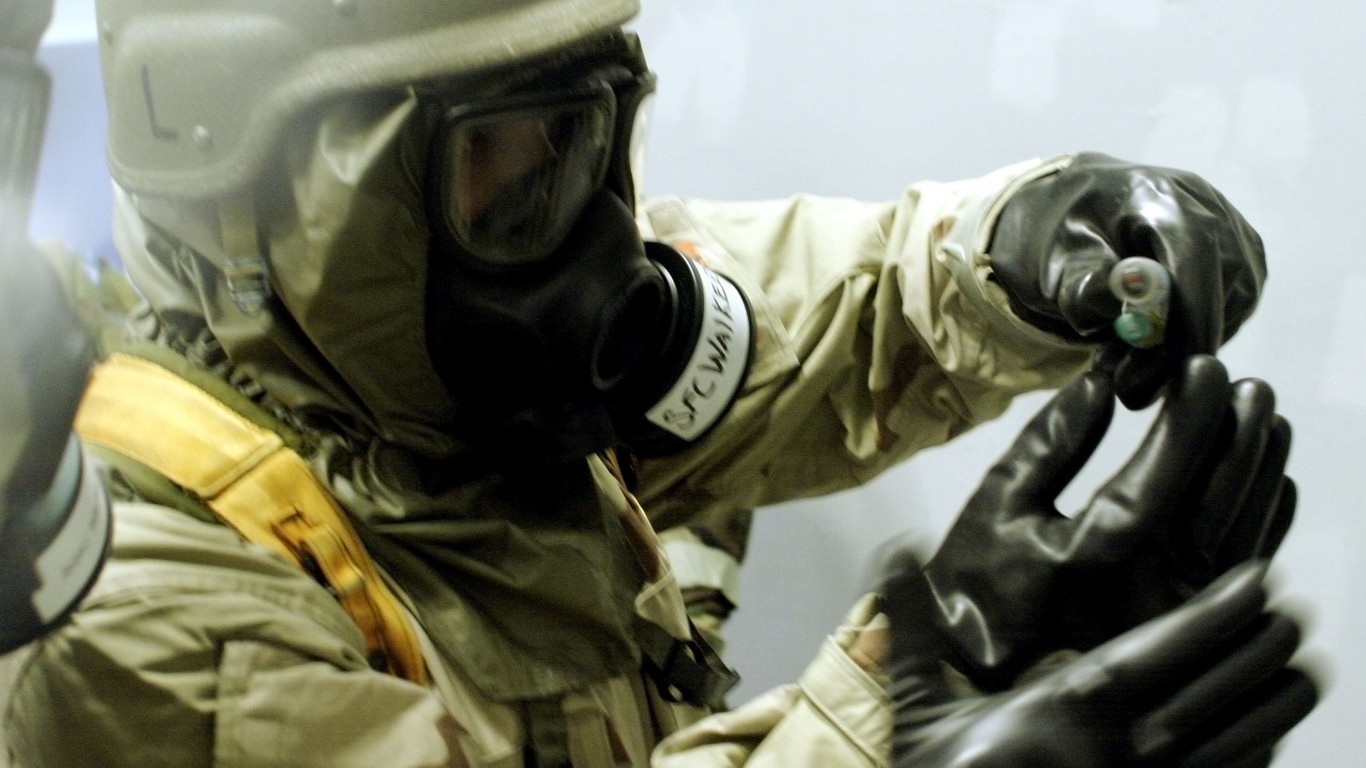
7. Sarin (GB)
> Median lethal dose: 1,700 mg (skin exposure)
> Weapon type: Nerve agent
> First distilled: 1938
> Immediate and medium-term effects: Confusion, drooling, muscle twitching, loss of consciousness, convulsions, respiratory failure
Sarin, which can kill victims in minutes, was first discovered by German scientists while attempting to synthesize pesticides. Although Nazi Germany may have produced up to 10 tons of the nerve agent, it was never deployed against Allied troops. It has subsequently been used in numerous battles, chemical attacks, and possibly even an assassination. The Aum Shinrikyo cult used sarin in the 1995 Tokyo subway terrorist attack.
[in-text-ad-2]
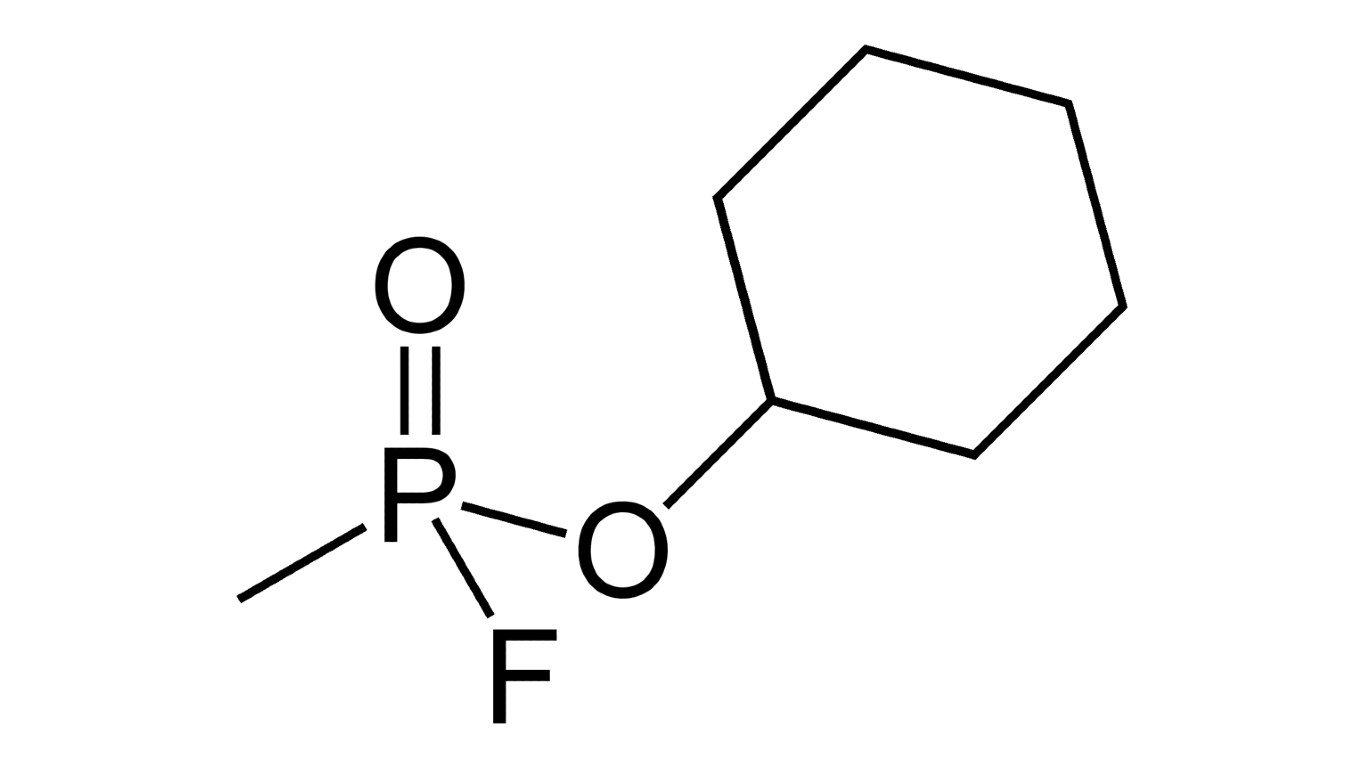
6. Cyclosarin (GF)
> Median lethal dose: 350 mg (skin exposure)
> Weapon type: Nerve agent
> First distilled: 1950s
> Immediate and medium-term effects: Confusion, muscle twitching, loss of consciousness, respiratory failure
Another of the G-series of highly toxic nerve agents discovered by German scientists, cyclosarin works similarly to sarin, although its liquid form evaporates much more slowly, making it a more persistent chemical agent. It has rarely been mass-produced because its ingredients are more expensive than those for sarin. Iraq is the only country known to have produced significant amounts of GF, used during the Iraq-Iran War.
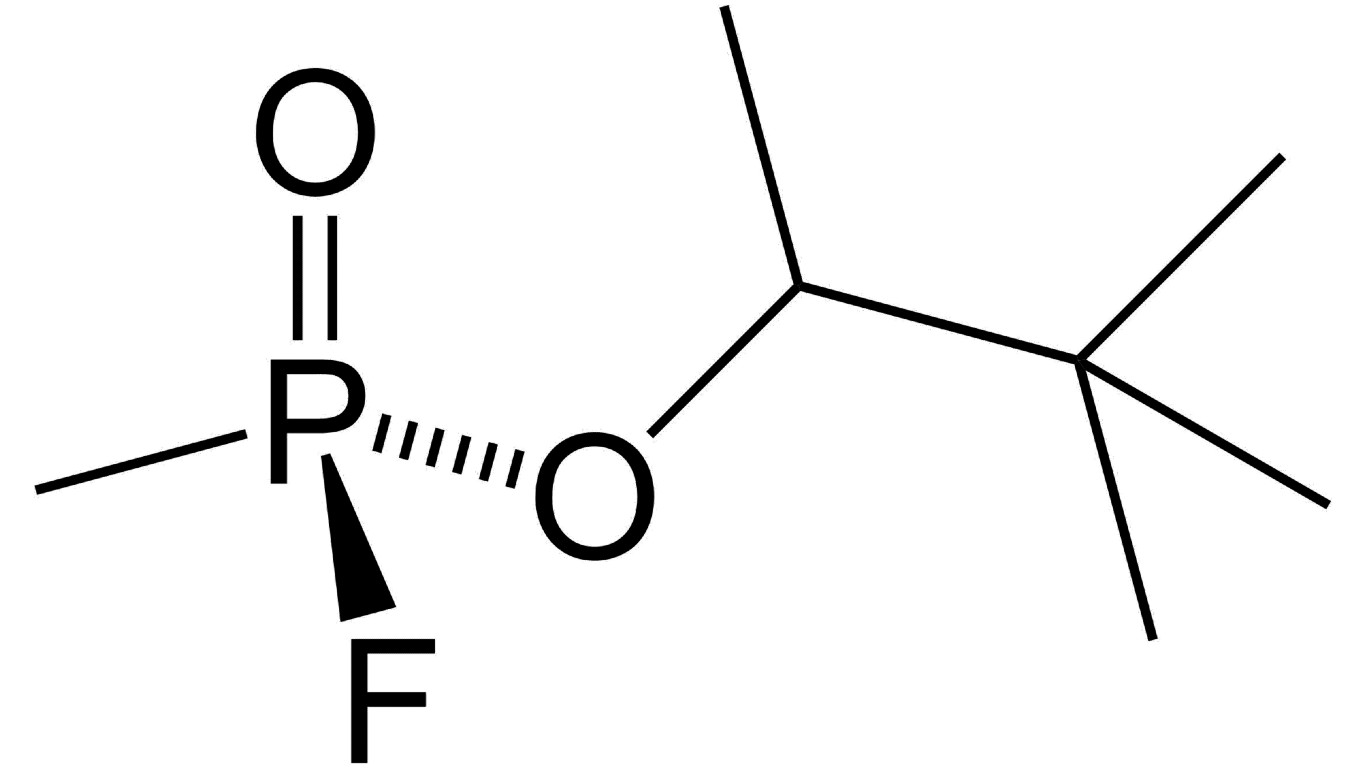
5. Soman (GD)
> Median lethal dose: 350 mg (skin exposure)
> Weapon type: Nerve agent
> First distilled: 1944
> Immediate and medium-term effects: Muscle twitching, convulsions, loss of consciousness, paralysis, respiratory failure
Soman was discovered by German biochemists in 1944 but was never used during World War II. It may smell like camphor, mothballs, or rotting fruit, and can be deployed through air, water, food, or surface contact. Symptoms can appear within seconds after inhalation, and within minutes after liquid contact. As soman is quite volatile, it evaporates quickly and doesn’t pose a lasting threat after its initial deployment.
[in-text-ad]
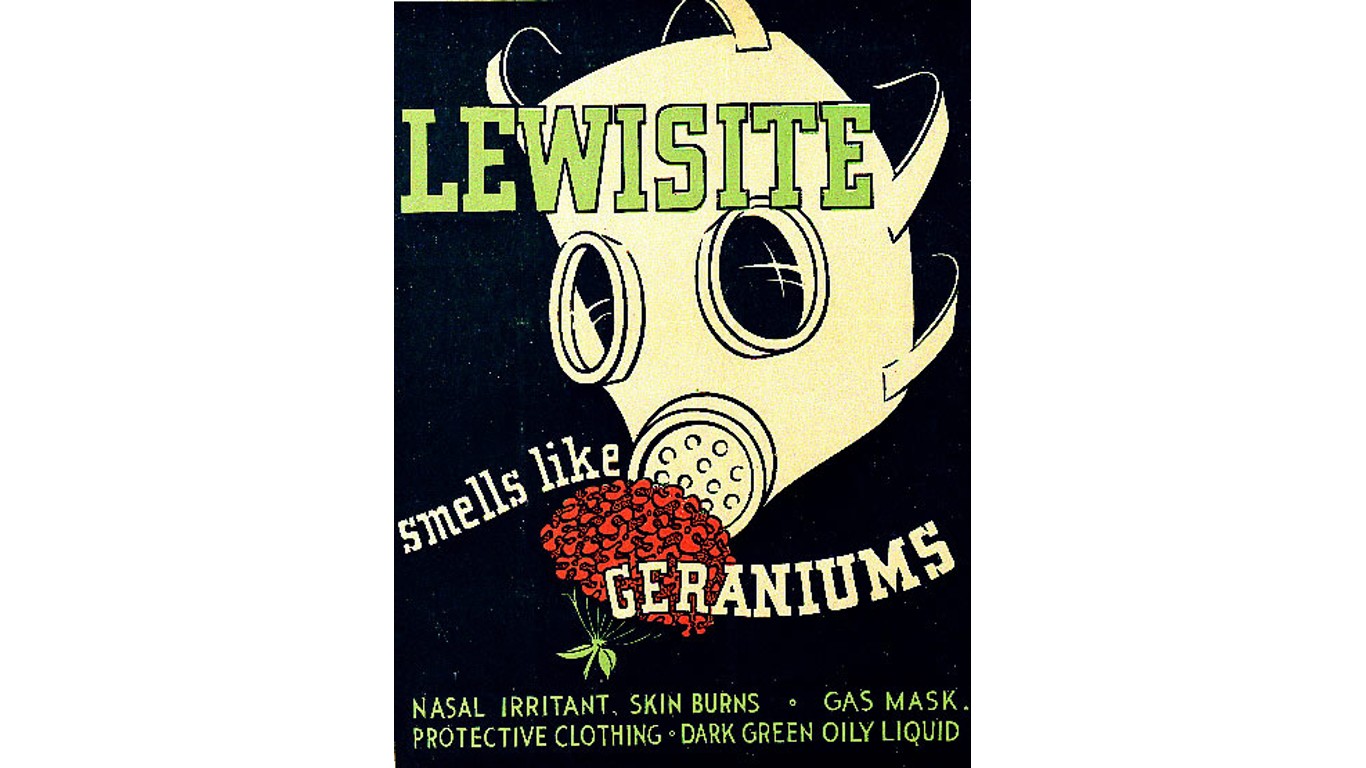
4. Lewisite (L)
> Median lethal dose: 30 mg (skin exposure)
> Weapon type: Blister agent
> First distilled: 1904
> Immediate and medium-term effects: Blistering, vomiting, “Lewisite shock” (refractory hypotension), blindness, chronic respiratory disease
First synthesized in 1904, this vesicant and lung agent, which contains arsenic, has the ability to penetrate regular clothing and latex gloves. It was produced in Ohio during World War I, but was never deployed in battle. Stockpiles in the U.S. were eventually neutralized and dumped into the Gulf of Mexico, but World War II stockpiles abandoned in China by the Japanese are known to have caused multiple accidental deaths.

3. Chloropicrin (PS)
> Median lethal dose: 25 mg (oral)
> Weapon type: Choking agent
> First distilled: 1848
> Immediate and medium-term effects: Eye and skin irritation, respiratory damage, pulmonary edema, loss of consciousness
Also used as a pesticide, this lung-damaging agent was used by the Germans during World War I as a tear gas that induced vomiting, causing Allied troops to remove their gas masks and become exposed to other chemical agents. Although it is no longer authorized for use in war, the suspected poisoning of Russian billionaire Roman Abramovich and other delegates at peace talks on the Ukrainian border in early March of this year may have been caused by chloropicrin.
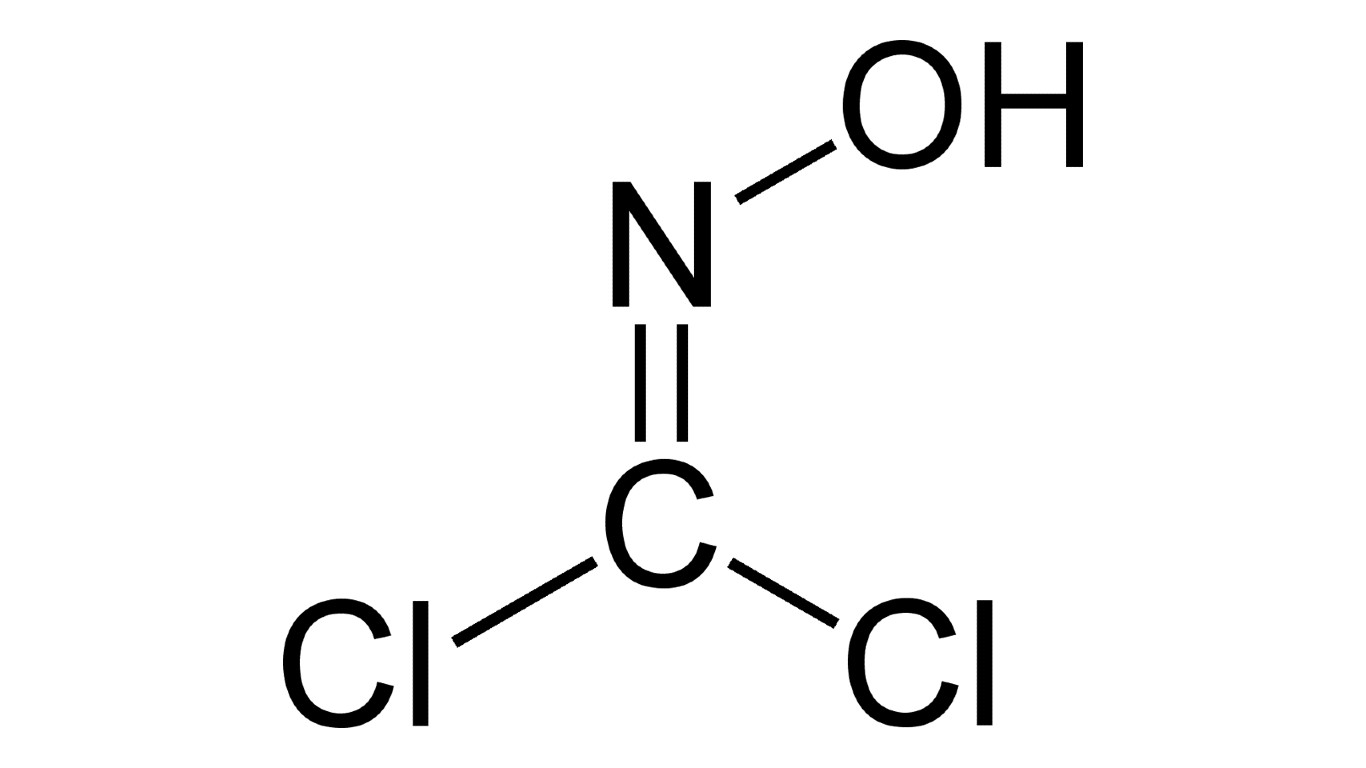
2. Phosgene oxime (CX)
> Median lethal dose: 25 mg (skin exposure)
> Weapon type: Blister agent
> First distilled: 1929
> Immediate and medium-term effects: Severe eye and skin pain, irritation to respiratory tract
Classified as an urticant (a chemical agent that corrodes skin tissue on contact), phosgene oxime causes instant, unbearable pain. In liquid form, it can quickly penetrate rubber and protective gear, causing rapid skin damage that can make a victim more susceptible to secondary chemical agents used in tandem with it. Not to be confused with phosgene, which was used extensively during World War I as a choking agent, CX has never been utilized in battle.
[in-text-ad-2]

1. Methylphosphonothioic acid (VX)
> Median lethal dose: 10 mg (skin exposure)
> Weapon type: Nerve agent
> First distilled: 1952
> Immediate and medium-term effects: Convulsions, loss of consciousness, paralysis, respiratory failure
Discovered in the U.K. in 1952, VX was subsequently produced by the U.S. Army in 1962. As little as one drop of VX (short for venomous agent X) on the skin can lead to death within minutes. Trace evidence suggests that VX was deployed by Cuban troops during the Angolan Civil War in the ’80s, and Iraqi troops during the Iraq-Iran war. It was also utilized in the assassination in exile of Kim Jong-nam, the eldest son of former North Korean leader Kim Jong-il.
Take Charge of Your Retirement: Find the Right Financial Advisor For You in Minutes (Sponsor)
Retirement planning doesn’t have to feel overwhelming. The key is finding professional guidance—and we’ve made it easier than ever for you to connect with the right financial advisor for your unique needs.
Here’s how it works:
1️ Answer a Few Simple Questions
Tell us a bit about your goals and preferences—it only takes a few minutes!
2️ Get Your Top Advisor Matches
This tool matches you with qualified advisors who specialize in helping people like you achieve financial success.
3️ Choose Your Best Fit
Review their profiles, schedule an introductory meeting, and select the advisor who feels right for you.
Why wait? Start building the retirement you’ve always dreamed of. Click here to get started today!
Thank you for reading! Have some feedback for us?
Contact the 24/7 Wall St. editorial team.

